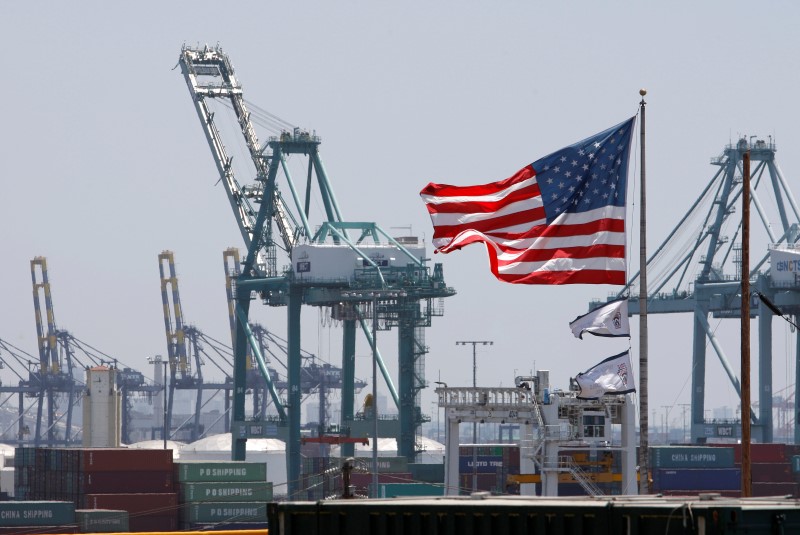Investing.com — Institutional investors are showing renewed confidence in a U.S. soft landing, Morgan Stanley strategists said in a Wednesday note.
After holding more than 150 meetings with institutional investors in North America, Morgan Stanley’s equity strategists noted a significant shift in sentiment toward the soft landing narrative.
“We sensed far less hesitancy on the soft landing narrative than we had observed through the summer and into/during the recent growth scare,” the note states.
The focus of many investor discussions centered around how to position for this scenario, with cyclicals and rate-sensitive stocks attracting interest.
The term “goldilocks” surfaced frequently by the end of last week following the Fed’s 50 basis point rate cut, indicating an environment with moderate growth and inflation.
Investors were particularly interested in cyclical exposures, with “how to position for goldilocks?” being their primary question, Morgan Stanley says.
This shift in sentiment is a marked change from the growth scares witnessed earlier this year. The Wall Street firm had previously noted more concern over the possibility of a hard landing, but now, there was only one investor “who showed serious concern about the potential for a hard landing,” the note highlights.
Strategists emphasized the relevance of their mid-1990s playbook, drawing parallels between the current environment and the soft landing experienced during that period.
“We view the best positioning to play ‘goldilocks’ as a combination of select cyclicals with underlying fundamental drivers, rate-sensitive stocks, a sustained comeback in Europe’s quality growth Tech stocks/AI winners, and most importantly, idiosyncratic stock picking,” they wrote.
While confidence in a U.S. soft landing has grown, concerns over China’s economic outlook remain.
Morgan Stanley points out that investor sentiment toward China was highly depressed ahead of the country’s recent stimulus announcement. Despite the measures, many investors remain cautious, particularly in sectors with high China exposure, such as Metals & Mining.
“The majority of investors saw the sharp pull-back in steelmaking raw materials as overdone,” strategists said.
“Yet, they appeared reluctant to position for a rally given the low conviction on Chinese stimulus prospects (which surprised positively in hindsight) and the perceived transient nature of the typical seasonal Q4 pick-up.”
At the same time, the optimism surrounding the soft landing narrative has driven increased engagement from U.S. investors in European markets, with many focused on specific alpha-generating opportunities.
Read the full article here















